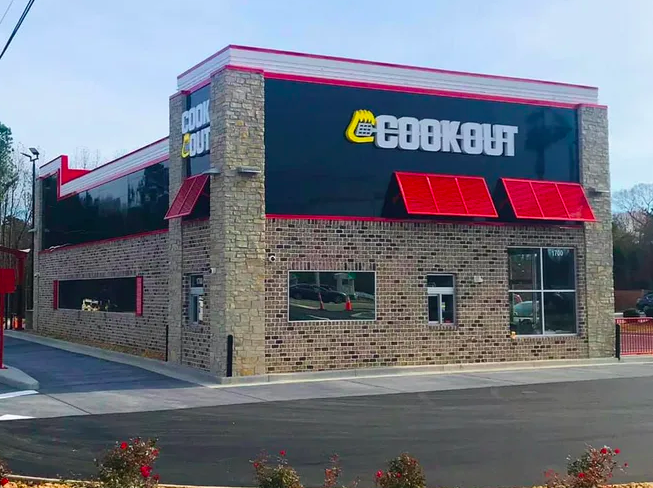Does your staff know how your food truck business actually works? In most cases, they probably weren’t taught this at school or in their last job. Without staff training and your guidance, they’ll make up their own reasons to explain your insistence on efficiency or extra sales effort. Unfortunately, they may not get it right.
Regular staff training meetings on business fundamentals can build a team of business partners in your food truck. This knowledge provides huge benefits to your bottom line if you are willing to take the time.
Simple Staff Training Tips
- Profit is equal to sales minus expenses. If expenses are higher than sales, the truck can only stay open as long as someone finds extra cash to make up the difference. If profits disappear, there is a good chance the food truck will be forced to close.
- Fixed and variable expenses. The ingredients for your menu are variable costs (the raw materials and labor). Commissary rent, truck payments and insurance are examples of fixed costs. The profit made on your menu first have to pay for the Fixed Costs.
- Inventory is just like cash. Most food truck’s keep a minimal amount of inventory in stock. More than this and the owner should be getting worried. Why? It’s easy to be overstocked.
- Increasing Sales is usually more profitable than cutting costs. The sad fact is that most vendors find it easier to cut rather than grow, so it takes knowledgeable leadership to handle them both.
- There are only 100 cents in a dollar. Take 100 coins and ask staff to divide them up for commissary rent, wages and all the other business expenses. What did they get wrong?
- Staff is usually the truck’s biggest expense. Labor costs a lot. Because of this it is important for vendors to keep an eye on their labor schedule. This is why productivity is so important. And why wage rises are a challenge, unless there’s a matching rise in productivity.
- Extras add 30 percent to the total cost of staff. Examples are worker’s compensation, paid time off, uniforms, training and staff meals. For every $100 per week you’re paid, add another $30.
- New equipment is paid through profits. There’s nowhere else to get the money, unless we borrow it. The best equipment has a fast return on investment, so it pays for itself quickly by saving labor and ingredients, or creating more sales.
- Small items can cost a lot. Work out the exact cost of a bottle of water, an onion, a vanilla bean, a tablespoon of cumin or a napkin. How many are stolen, lost or wasted each week?
RELATED: 5 Food Truck Staff Training Tips
The Bottom Line
Your food truck staff members are the face of your food truck and have a direct impact on your bottom line. Make your food truck more successful, by training your staff in the way your business runs.
Do you include these staff training tips in your food truck? Do you have some we missed? Share your thoughts on this topic in the comment section or on social media. Facebook | Twitter




